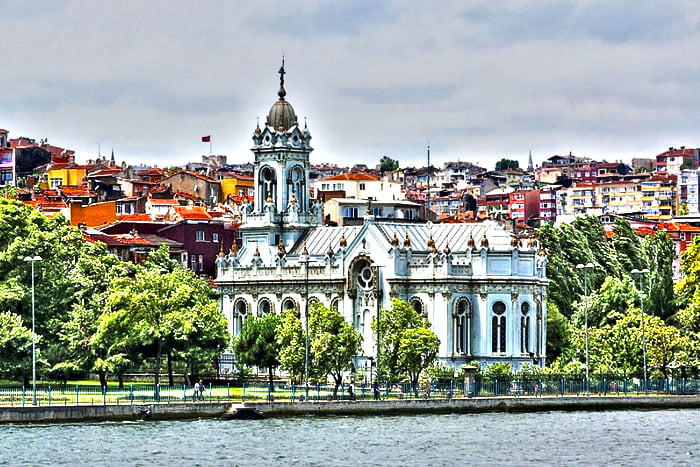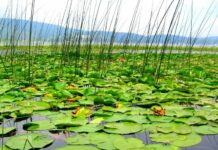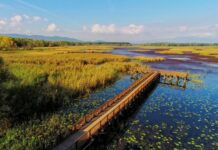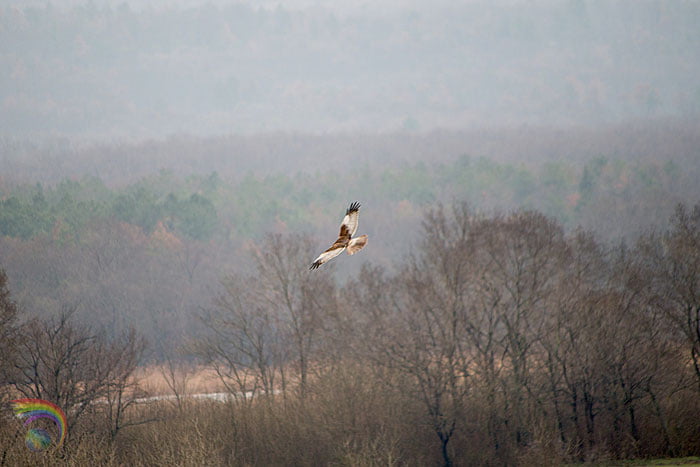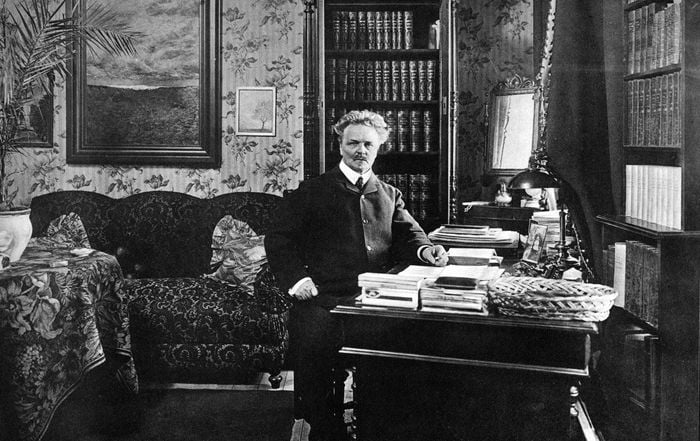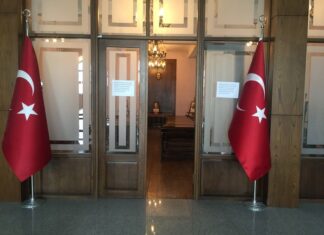Istanbul met Christianity in the 4th century, while, Paganism was dominant before.
The first Christian churches are Havariyyun, Haghia Sophia and Haghia Eirene. Many churches had been built until the conquest of Istanbul. There the churches of different sects and religious orders such as Nestorianism, Monophysism, Catholicism, Orthodoxy, Syrian Christianity, Gregorianism, Keldani, Dominicanism, Franciscanism has been in Istanbul. Moreover, different nations such as Greek, Armenian, Latin and Genoese also has had their own churches.
The Armenian Patriarchate
The Armenian Patriarchate in Istanbul is one of the four hierarchical centers of the Armenian Church -the others are in Erivan, Beirut and Jerusalem. The first patriarch of Istanbul, Hovaghim I, was in charge during the reign of Fatih Sultan Mehmet. Since r64i, the Virgin Mary (Meryem Ana) Central Church and the traditional wooden Patriarchate building of Istanbul Armenian Patriarchate is in Kumkapi, a harbor once called Konstancalion. Patriarchate complex (Kulliye) is twenty minutes away from Haghia Sophia, the Blue (Sultan Ahmet) Mosque and the Topkapi Palace on foot.
In 2003, all of the Istanbul Armenians will celebrate the 542*h anniversary of the foundation of the Armenian Patriarchate.
St. Anthony of Padua Catholic Church
The architect of St.Anthony Church, at Istiklal Caddesi in Pera (Beyoglu) is Cluilio Mongeri. The construction of the church that lasted six years, was completed in 1912. St. Anthony is not only one of the biggest churches in Istanbul, but also has the largest Catholic community.
The church, in a large court, is a good example of Italian neo-Gothic architecture in red brick.
St. George Fener Greek Orthodox Patriarchate Church
The Greek Orthodox Patriarchate is also in the court of the church in Fener. The Patriarchate moved to St. George (Aya Yorgi) in 1602 that was formerly a monastery. Despite of the church was severely damaged in the fire in 1941 and several other damages occurred in time, it was restorated all the time. The last restoration finished in 1991. St. George is famous with the priceless objects it houses.
The patriarchate throne believed to be from the 5th century, three mosaic icons that there are very little similar examples in the world, a column believed to be the one Jesus Christ had been fastened to and whipped, the coffins of the three saints are some of these objects.
There are few churches in Istanbul with this this type of domes. The Bell tower, built at the entrance is in classical Armenian church architecture style. The interior of the church is ornamented with tiles remained from the church that had collapsed. There are few pictures used for decoration in the church. The interior illumination is through very few and narrow windows, in accordance with Armenian church style.
Aya Istefanos
Aya Istefanos Church, also named “Bulgarian Church”, is located at Mursel Pasa Street by the shore of Golden Horn and completely made of iron casting including the columns ana mezzanine floors in it… The irons were cast in Vienna in 1871 and sent to Golden Horn via sea. The construction has a mobile quality, in other words it can be dismantled and mantled again. It can be moved to and assembled at somewhere else in case needed. The church was made by Aznavour, the famous architect of the age. The church is built for the Bulgarian minority that left Fener Greek Patriarchate, which is located on the hills of Balat. The church is still used by this community.
The tombs of the first Bulgarian patriarchs are in the garden. The church attracts the visitors with its splendor in a green and pretty garden at the shore of Golden Horn.
Sakizagaci Surp Asdvazazin Cathedral
The Armenian Church in Besiktas, Sakizagaci was built in 1866. Apart from the main altar ornamented with four columns, devoted to Virgin Mary; there are four other altars decorated with the paintings by the Roman artists. Although the annexes were seriously damaged during the fire of Perain 1870, the main church building was saved with little damage.
Ortakoy Surp Kirkor Lusavorig Church
The Armenian Catholic Church built between 1837-1838 costed 5961 golden liras then. Although partially, the architecture of the church resembles the Roman basilicas. The church has a central section and two corridors.
The fairly decorative ceilings rise over eight columns in the middle section. There is a painting on the main altar, depicting Surp (Saint) Kirkor Lusaroviq baptizi Dirtat U the king of Armenia. There are four more altars in the church.
St. Pierre Church
The Dominican priests had to move to this place down the Galata Tower owing to the fact that their original church (Arap Cami) was converted to mosque. The current building, remaining from 1841, was made by the F`ossati brothers, the Italian-Swedish originated architects who also worked for the restoration of Haghia Sophia .The rear walls of the church were built in some parts of the old Genoese city walls. There used to be a Maltese minority among the mixed people of Istanbul until recently and this church was mostly serving to them. The most important property of the building is the icon of Hodegetria (The Guiding Virgin Mary), the protector of Byzantium in a silver bowl. Behind the church are a beautiful annexed and a monastery, again in Italian style. Two more towers of the Genoese wall can be seen in the street behind the church.
A court should be passed in order to get into the church, because the front side of a building never faced the street in Ottoman order. You must ring the bell to get in.
The church was built in basilica style with its four sided altar. The sky blue dome above the chorus stage was decorated with golden gildings.
Haghia Eirene Church
“The Church of Holy Peace” is in the first court of the Topkapi Palace. It was built in the 4^ century and the oldest church in the city. It took its current form in 740 and used for storing arms and munitions during the Ottoman Empire. It has been used for exhibitions and cultural activities after the restoration.
The God Zeus, transforms his lover Io into a cow in order to avoid his wife Hera`s anger. However Hera sends a gadfly to bother this cow and Io runs from one continent to another, however cannot get rid of the gadfly, finally she jumps into the sea on a shore and swims to Asia, thus gives her name to a sea and a strait: The Bosporus, or The Ford of the Cow. It is hard to imagine while looking at its deep blue waters today that once it was the topic of a great disagreement.
The Troyan War was a war that began for the city of Troy and Argonauts that were in the quest for the Golden Fleece, had been the first human beings that passed the Bosporus. The deepest point of the Bosporus is 20m and is 33 km long; it is 660m at its narrowest while 4.7km at its widest. The predominant surface current flows from the Black Sea to the Marmara, while the main current moves towards the reverse direction.
Read More about The Easter Torch Part 3
